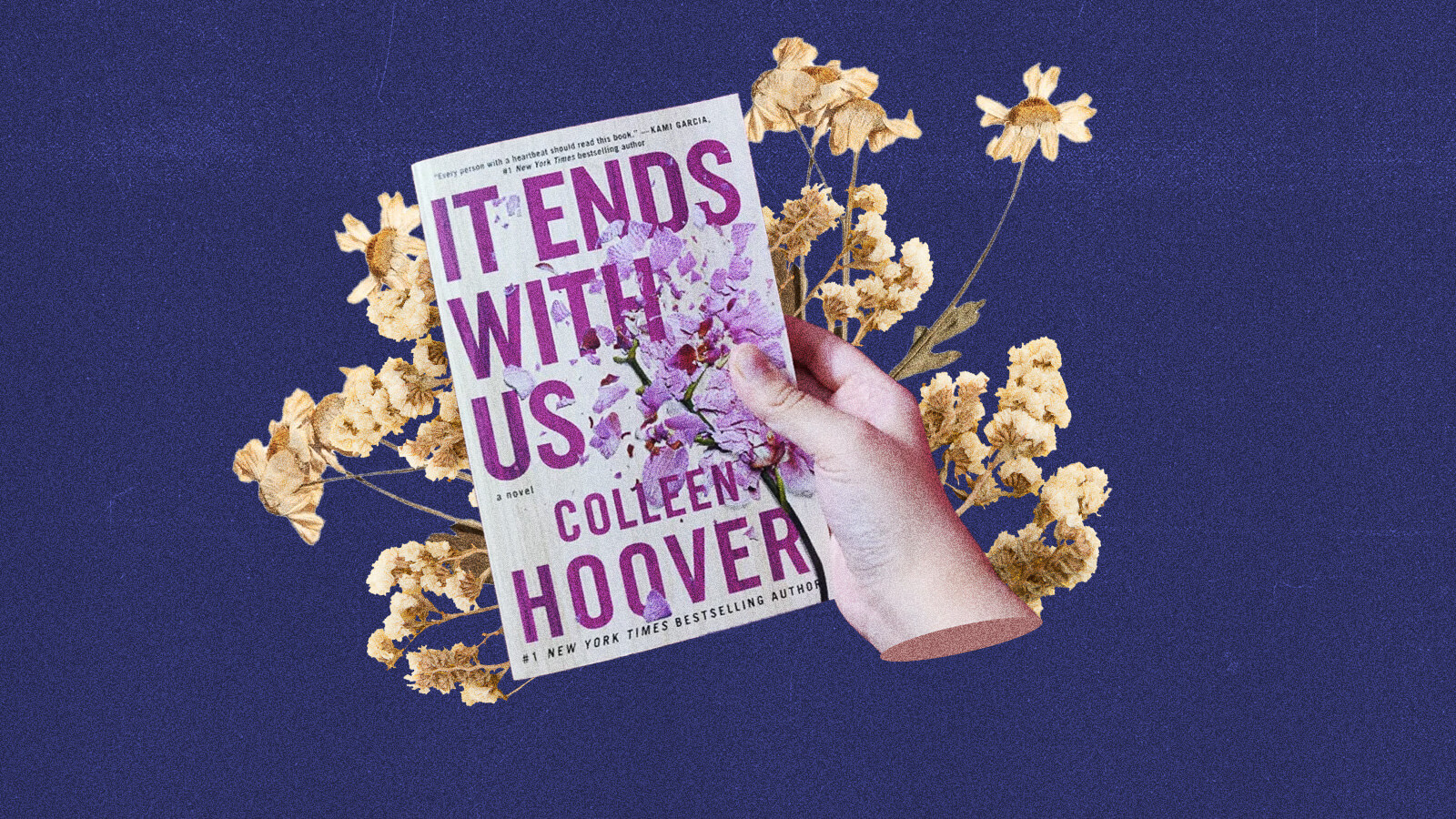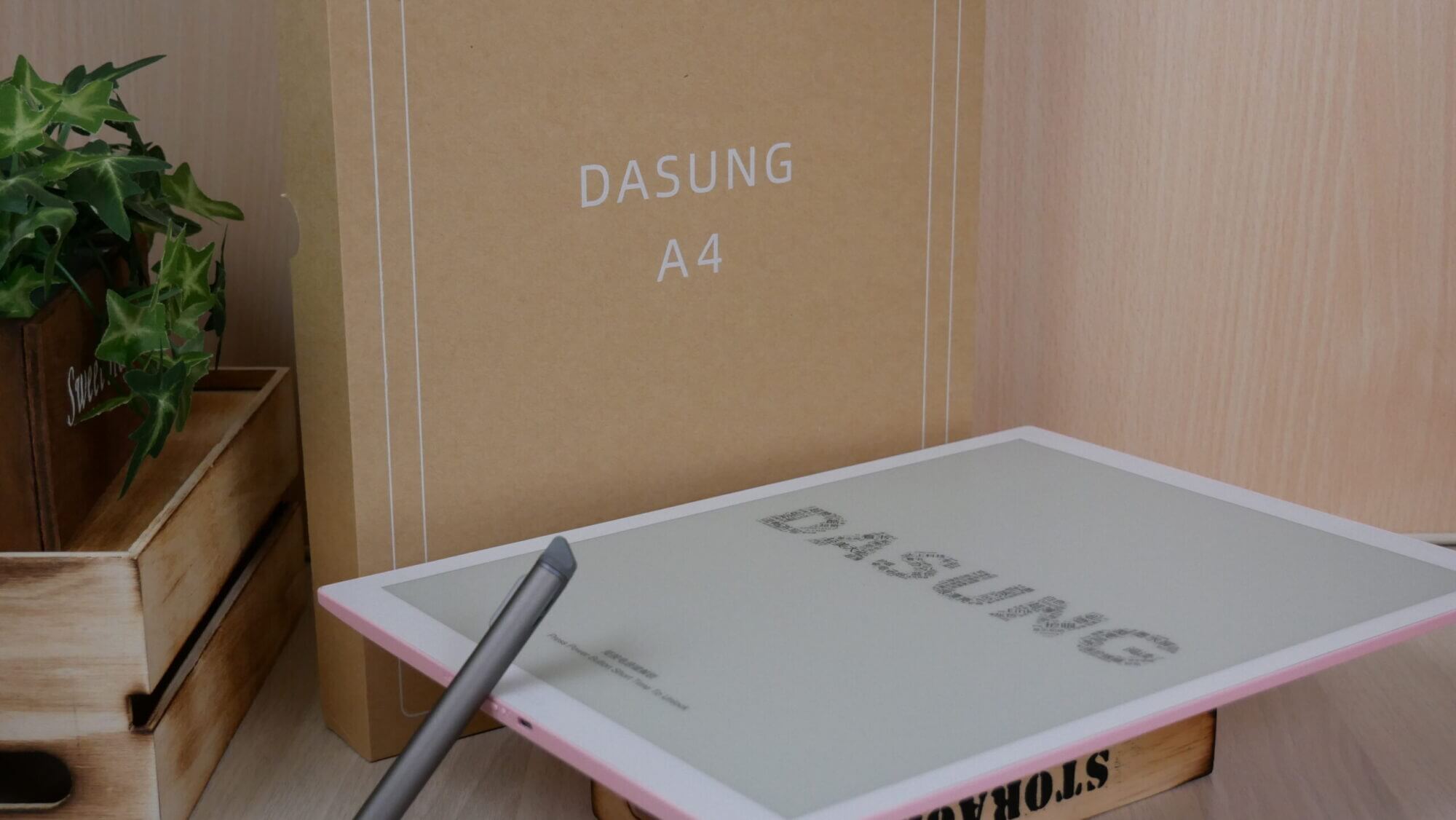Dasung is a company that specializes in dedicated E INK monitors and to a lesser degree, their Not an e-Reader series of writing slates. A couple of months ago the company got their hands on a number of Sony Digital Papers, the DPT-RP1 models and rebranded it. They loaded Google Android on it and a small Chinese app store for 5 apps, however you cannot sideload any apps. The writing experience is quite abysmal, there are only a few pen sizes and colors, with no pressure sensativity on the accompanied stylus. The device can only read PDF files, for the purpose of drawing on, but there is a stock reader app, where at least you can load in your own books.
The Dasung A4 is a hodgepodge of functionality, but doesn’t do anything great. There is lots of ghosting whenever a few pages have been turned in a PDF file and you always have to refresh the screen. The only redeeming qualities are the stuff Sony did, when this model first came out 3-4 years ago, such as split screen view, where you can have two different documents open at the same time, or one PDF file and the note taking app on the other. There is no cloud storage for documents, so you have to make sure to back them up accordingly. I think this is literary the worst e-note that has ever been released in the modern era.
Hardware and software
The Dasung A4 features a 13.3 inch E-Ink Carta screen with a resolution of 2200 x 1650 and 207 PPI. The company has repositioned the portrait mode, so the home button on is on the bottom of the screen, whereas the Sony DPT had it at the top. There are a bunch of different colors you can choose from, and the only thing that changes is the back plate, this includes mint, cute pink, sky blue, white and grey.
The screen is completely flush with the bezel, with an exposed e-paper screen. This makes it easier to draw on than an e-note with a layer of glass. There is more friction when putting the stylus to the e-paper screen, with more resistance than a typical glass based design. There is no front-lit display or color tempature system, so make sure you are in a well-lit environment.
Underneath the hood is a Marvell IAP140 64-bit Quad-core IoT Applications Processor and ARM Cortex-A53 CPU, up to 1.2GHz, and has a separate power low-power Cortex M3. It has 2GB of RAM and 16GB of internal memory, but when you power it on the first time, there is 11 GB. The rest is reserved for the Google Android 5.1 operating system and some of the stock PDF templates that are available. There are around 12 different templates. Since this is older hardware, there is no USB-C port, instead you have to rely on the Micro USB port to transfer documents or charge it with a wall outlet. It has Bluetooth 4.0, but since there are no audiobook reading apps installed on the A4, this is a useless feature. However, it does have WIFI, so you can at least connect to the internet, which would be great, if it had a web-browser.
The App Store that Dasung installed on the A4 is abysmal. There are 5-6 apps that are available and they are all in Chinese. You can download Wechats e-reading app, Kindle, and a couple of others, most do not have a English UI. So if you are looking for an extensive app store, I would skip this. In fact, this is only really relevant for the Chinese market and the lack of sideloading apps really makes this suck. Android 5.1, which is the default OS, really hampers this and makes it a massive security risk. However, you can’t really do anything online, except fetch firmware updates or when you install the Chinese apps, and download books.
It is powered by a woeful 2,000 mAh battery, which should provide a couple of weeks of usage or less. The dimensions are 224 mm × 302.6 mm × 5.9 mm (8 7/8 in × 12 in × 1/4 in) and weighs a paltry 349 g (12.3 oz).
The home screen is fairly basic. You can create a note, read an existing note, access the settings menu, e-reading software and app store. When you create a note for the first time you first need to pick from one of the 16 templates. Once you select one, you can get drawing. Make sure you charge the stylus via Micro USB first, since if it is not charged, you won’t be able to use it. The note taking experience is utterly abysmal. You can select two different drawing styles, pen or pencil with 3 different line thickness. You can also select from blue, red and black colors, but since this is not a color e-note, you won’t be able to see any of the colors until you transfer the document to your PC or MAC. That’s it, there is nothing else to really set this apart from the competition. There is no layers, extra options or anything, it is so simple, that a child can use it, but I would not recommend child abuse by letting them use the Dasung A4.
The only thing it can do, that most of the competition doesn’t, is split screen view. This is something Sony did with the original DPT-DP1 and Dasung kept. You can read a document in a two page spread or have a book open on one side and a PDF on the other. The only thing you can have open at the same time are books, PDF files or the drawing app. I guess if you want to install the Chinese apps, you can have an app open on one side.
Since this has a giant 13.3 display, it is primary geared towards reading and writing on PDF files. Page turns are really slow and there isn’t much functionality to speak of, you can’t zoom in that much and reflow is non-existent. If you like a particular zoom level, the zooming is lost when you turn a page. You can edit a PDF by just drawing on it with the stylus, so underlining or jotting down notes is really easy.
Wrap up
The hardware is from close to 5 years ago and doesn’t standup in the modern era. The original DPT-RP1 is great and still stands up today, but the Dasung A4 is lackluster, on so many different levels. Sure you can have a backplate with 5 different colors, and the white body and the cute pink, actually looks really good, from an industrial design perspective.
It can’t do note taking very well, PDF files are not responsive, app store populated with 5-6 Chinese only apps, the device is slow and sluggish. Unless you are a sadomasochist, avoid buying this at all costs.
Michael Kozlowski is the editor-in-chief at Good e-Reader and has written about audiobooks and e-readers for the past fifteen years. Newspapers and websites such as the CBC, CNET, Engadget, Huffington Post and the New York Times have picked up his articles. He Lives in Vancouver, British Columbia, Canada.



